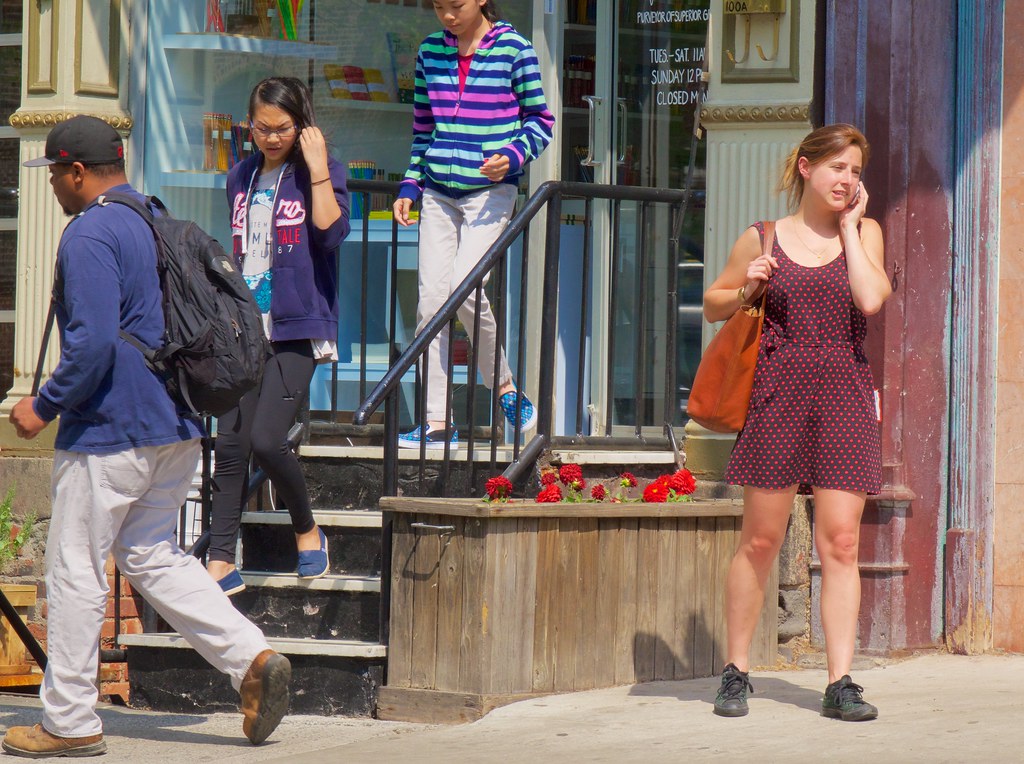Have you ever found yourself in the peculiar dance of neighborhood pleasantries, where you’re the one always initiating the ‘hi’ and your neighbor seems to have taken a vow of silence? If you’re nodding along, you’re not alone in this suburban ballet. It’s a situation many of us have encountered, and it can leave us feeling like we’re stuck in a social limbo, unsure of whether to persist with our friendly advances or retreat into a cocoon of neighborly neglect.
The Importance of Saying Hello
Let’s unpack this, shall we? It’s not just about the ‘hi’; it’s about what that ‘hi’ represents. It’s the acknowledgment of existence, the tip of the hat to community, and sometimes, it’s the only thread of connection in the fast-paced world we live in. But when it’s a one-sided affair, it can start to feel like you’re waving at a brick wall.
You might be thinking, ‘Why bother?’ and ‘Should I just stop?’ But before you hang up your hat on the whole greeting game, let’s consider what’s at stake. According to a Gallup survey, there’s a link between saying hello to neighbors and an individual’s well-being. The survey found that adults who regularly say hello to multiple people in their neighborhood have higher well-being than those who speak to few or no neighbors. With 100 being a perfect score, well-being rose from 51.5 among people saying howdy to no neighbors to over 64 for people who regularly greeted six neighbors.
That’s not to say you should start a neighborhood greeting marathon, but it does highlight the potential benefits of a simple ‘hi.’ The survey’s research director, Dan Witters, points out that ‘the sweet spot as far as well-being is concerned, is six greetings.’ It seems that a little neighborly interaction can go a long way in boosting our sense of community and overall happiness.
What if you’re the only one playing the greeting game? It can be disheartening, especially when you notice that your neighbor greets others but not you. It’s like being the kid not picked for the team in gym class all over again. However, before we jump to conclusions, it’s essential to consider the context.
Cultural norms play a significant role in how we interact with our neighbors. For instance, in some small towns in the USA, particularly in the Mid-West, not saying hello is seen as odd and can cast a person in an unfavorable light. It’s a cultural expectation to acknowledge one’s neighbors, and failing to do so can lead to mistrust or speculation about one’s character.
On the flip side, in large cities or areas with high urban density, it’s not uncommon for people to pass by without a glance, let alone a greeting. Younger generations, often glued to their smartphones, may also be less inclined to look up and say hello. It’s not necessarily a sign of rudeness but rather a reflection of the environment and lifestyle.
Should you continue to be the one who always says hi first? It’s a personal choice, but consider the potential benefits of maintaining that friendly gesture. It’s about more than just social success; it’s about contributing to a sense of community and possibly improving your own well-being.
If the effort is weighing on you and the lack of reciprocity is turning your friendly ‘hi’ into a source of stress, it might be time to reassess. You’re not obligated to carry the torch of neighborhood cheer if it’s burning you out. It’s okay to take a step back and focus on interactions that are mutually fulfilling.
Remember, saying hello is not just a social nicety; it’s a building block for community well-being. It can lead to a safer neighborhood, where people look out for each other and contribute to a shared sense of belonging. It’s about finding a balance that works for you, one that allows you to feel connected without feeling drained.
Whether you choose to continue the tradition of the ‘hi’ or decide to let silence speak, know that your well-being is what’s most important. A neighborhood is made up of individuals, and each person’s comfort and happiness contribute to the overall tapestry of community life. So, go ahead, weigh the pros and cons, and make the choice that feels right for you. After all, the neighborhood will keep spinning, with or without the hellos, but your well-being is something you have the power to influence, one greeting at a time.

Navigating the Awkwardness: Practical Tips for Neighborly Etiquette
You’re at a crossroads with your silent neighbor, and you’re contemplating whether to continue being the initiator of the friendly ‘hi’ or to embrace the silence. It’s a tricky situation, but fear not, for there are ways to navigate this social maze with grace and perhaps even a dash of fun.
Let’s address the elephant in the room: the awkwardness. It’s palpable, isn’t it? You say hi, they don’t respond, and the air fills with an uncomfortable energy. But here’s a thought – maybe it’s not about you. Perhaps your neighbor is shy, introverted, or simply unaware of the social dance that’s expected in your community. It’s possible they’re dealing with personal issues that have nothing to do with you. So, take a deep breath and let’s explore some options.
One approach is to switch up your greeting style. If a vocal ‘hi’ isn’t getting a response, try a friendly wave or a nod. Sometimes a non-verbal cue can break the ice and might be more comfortable for a neighbor who’s less inclined to engage in small talk. Plus, it’s a low-pressure way for you to maintain your friendly demeanor without feeling snubbed.
Another strategy is to find common ground. Do you both have dogs? Maybe a comment about the weather or a compliment on their garden could be a more natural conversation starter. Finding a shared interest can create a bridge for communication and make future interactions less awkward.
When you’re feeling bold, consider inviting them to a casual neighborhood event. A block party, a garage sale, or a community clean-up day can be great opportunities for neighbors to connect in a relaxed setting. It’s a chance for your neighbor to see you in a different light and potentially open up.
As you have decided to continue initiating greetings, do so with a consistent, friendly demeanor. Your neighbor might just need time to warm up to you, and your unwavering friendliness could eventually be reciprocated. Remember, consistency is key in building trust and familiarity.
If you’ve reached your limit and the thought of another unreturned ‘hi’ is too much to bear, it’s okay to pull back. You can still be polite and acknowledge their presence with a smile or a nod, but you don’t have to go out of your way. Your well-being should always come first, and if stepping back feels right, then it’s the right thing to do.

It’s also worth considering the broader implications of your interactions. As mentioned earlier, saying hello to neighbors can contribute to a sense of community and personal well-being. But it’s a two-way street. If your efforts aren’t fostering a sense of community for you, it’s reasonable to reassess your approach.
Don’t underestimate the power of patience. Neighborhood dynamics can change over time. New neighbors move in, relationships evolve, and who knows – one day, your silent neighbor might just surprise you with a ‘hi’ first.
Whether you choose to persist with your greetings or decide to take a step back, do so with confidence and self-assurance. Your neighborhood is a tapestry of personalities and social norms, and finding your place within it is a personal journey. Embrace the quirks, celebrate the connections you do have, and always prioritize your comfort and happiness. After all, home is where the heart is, and your peace of mind is the cornerstone of your sanctuary.
Related posts:
Saying hello to neighbors could boost your well-being, a new survey says
Is it OK to stop saying hi to people that you have no interest in?
When to Call the Cops on a Neighbor





